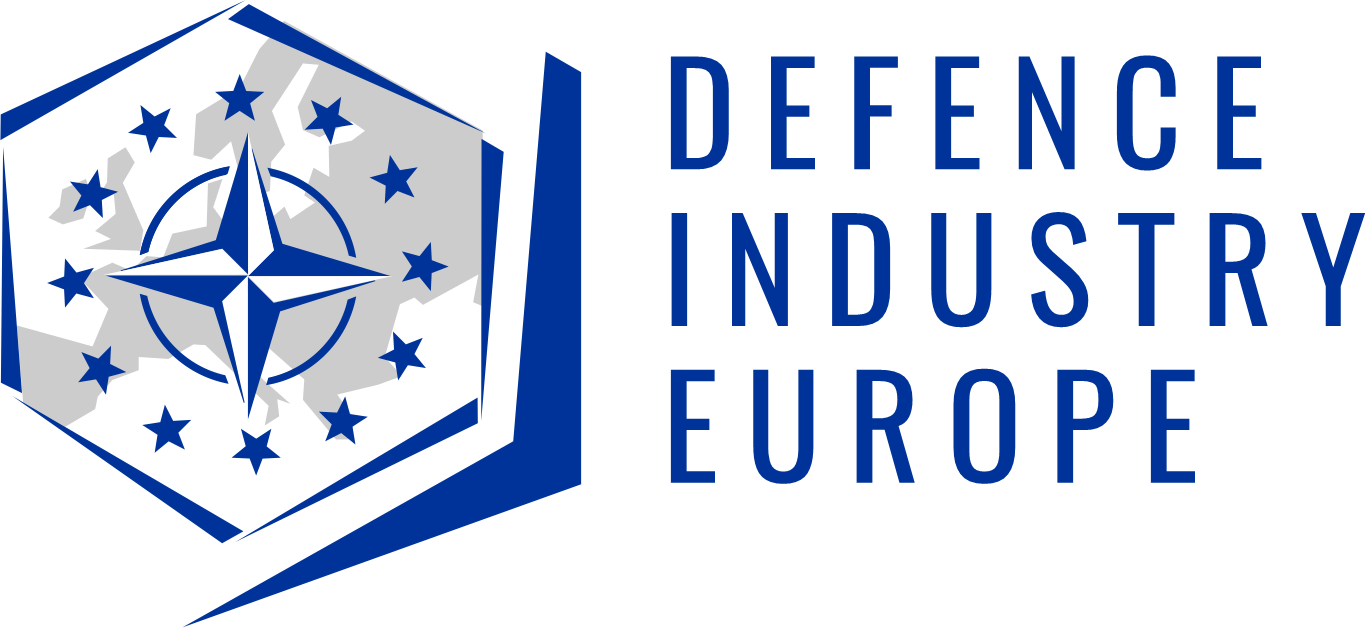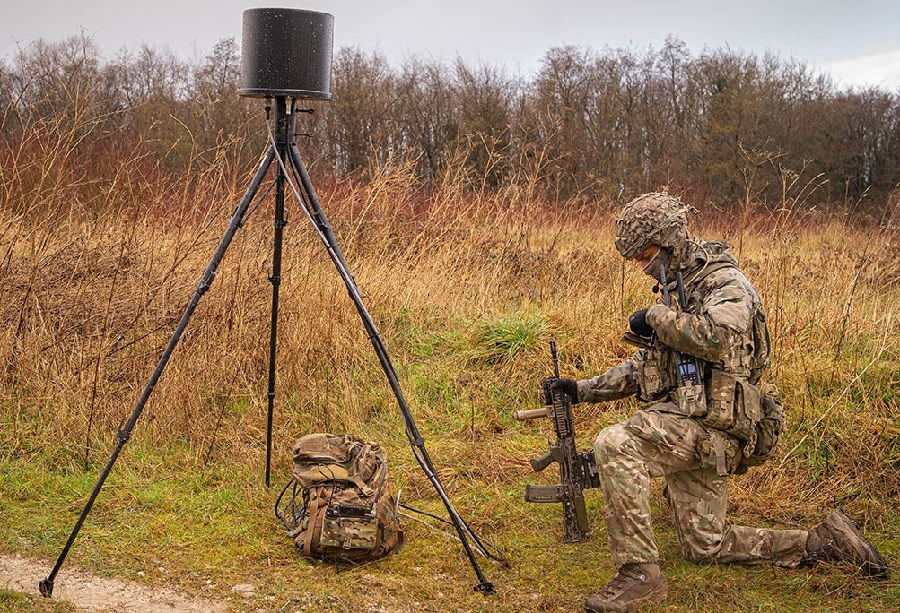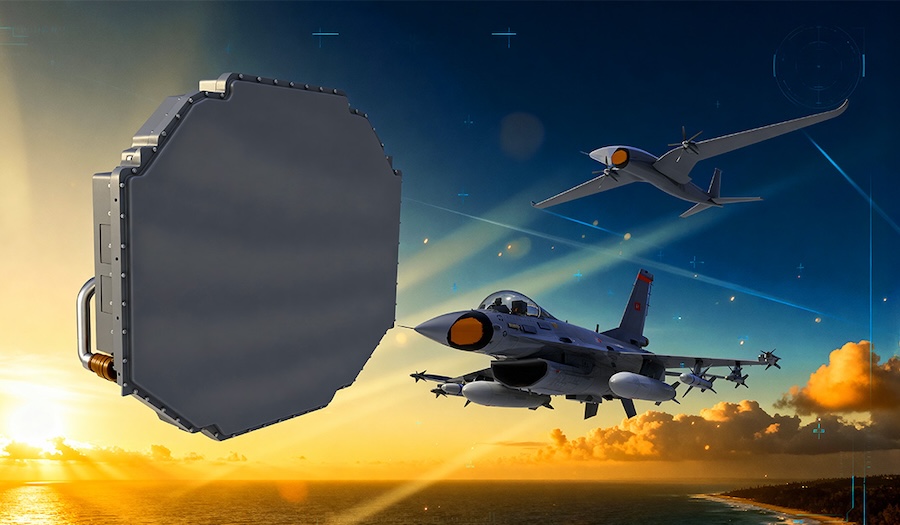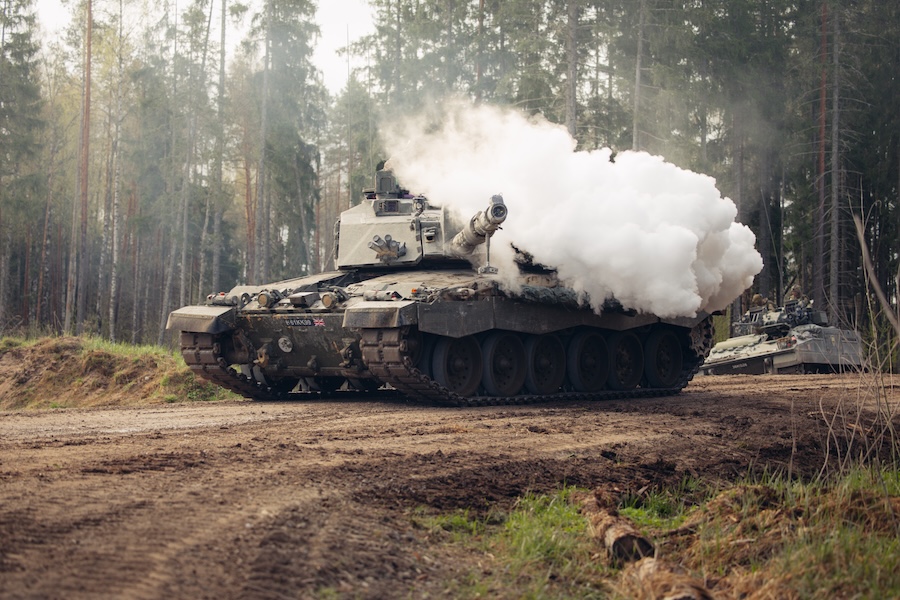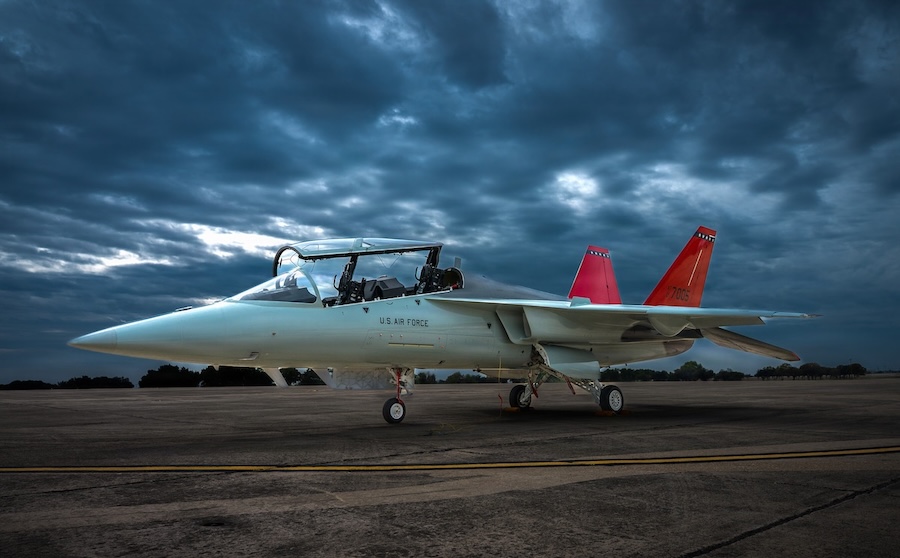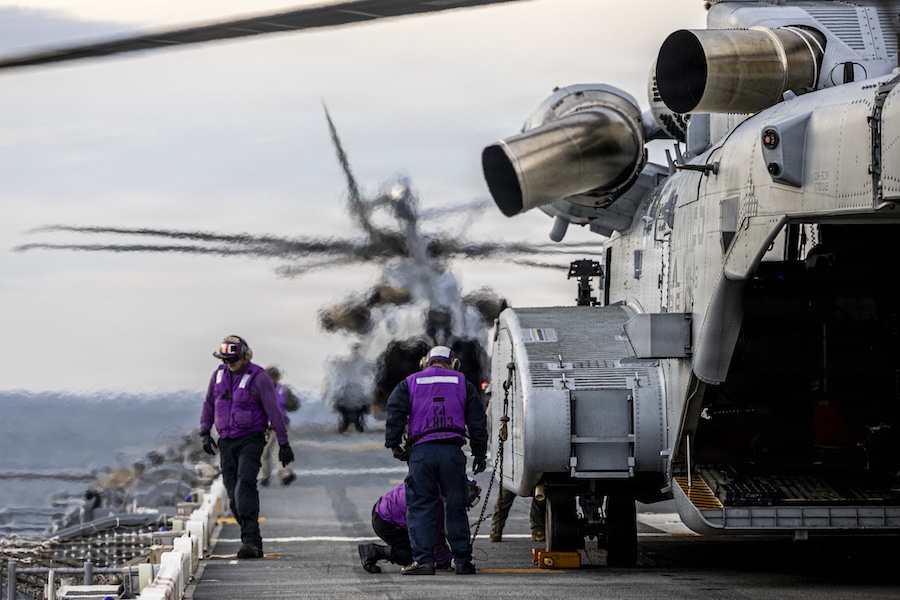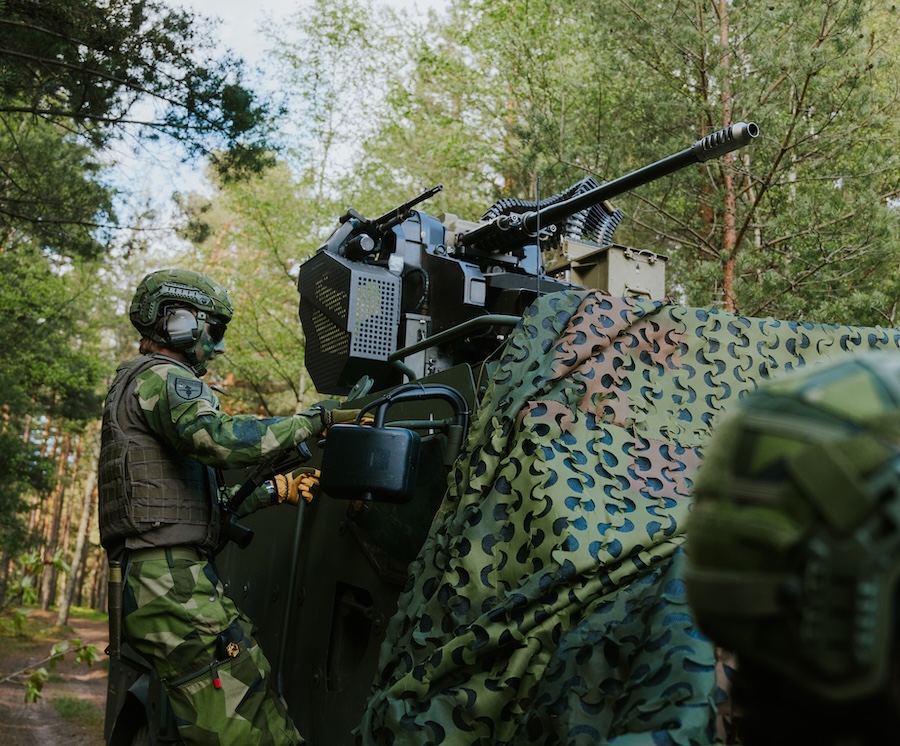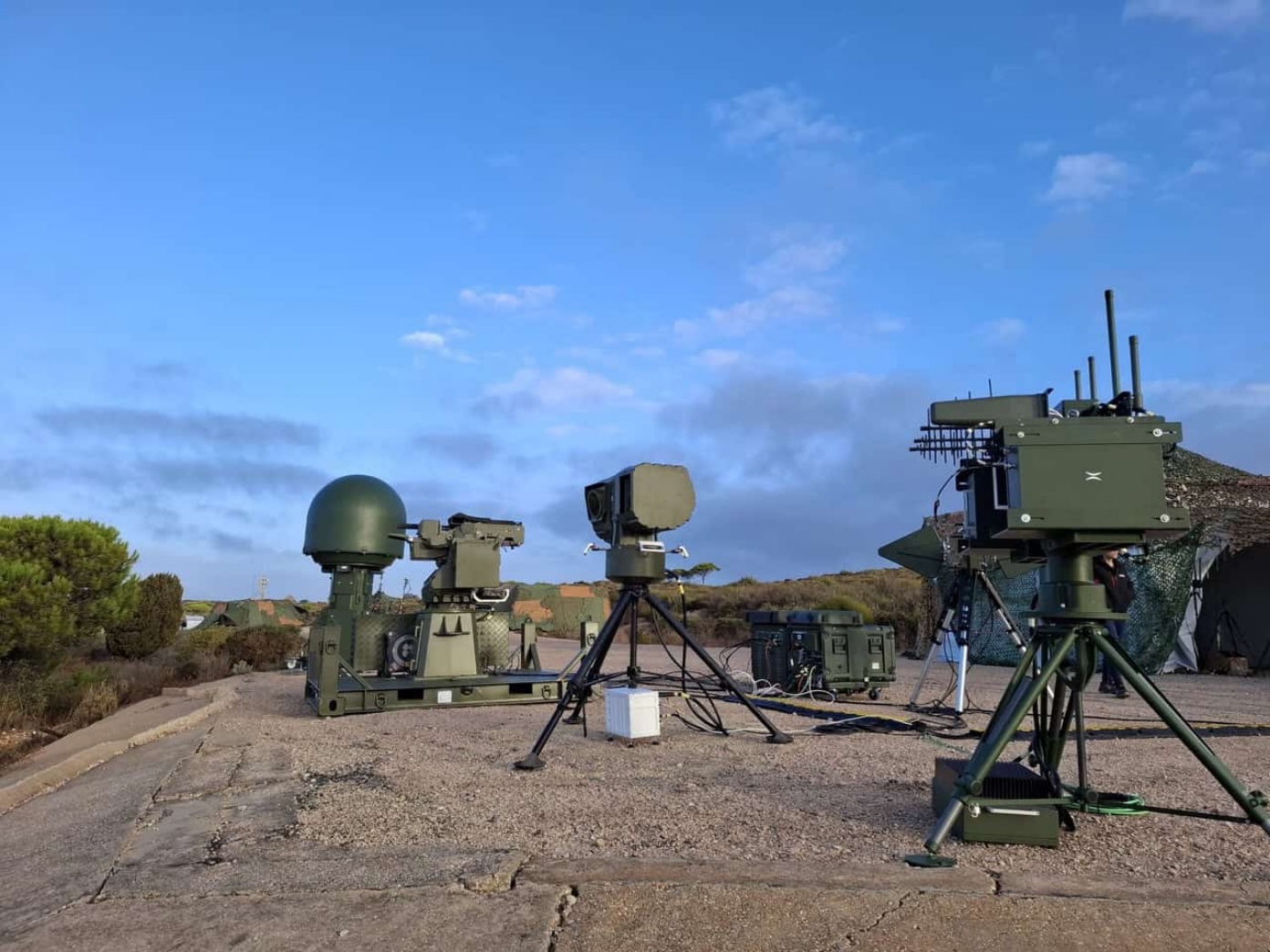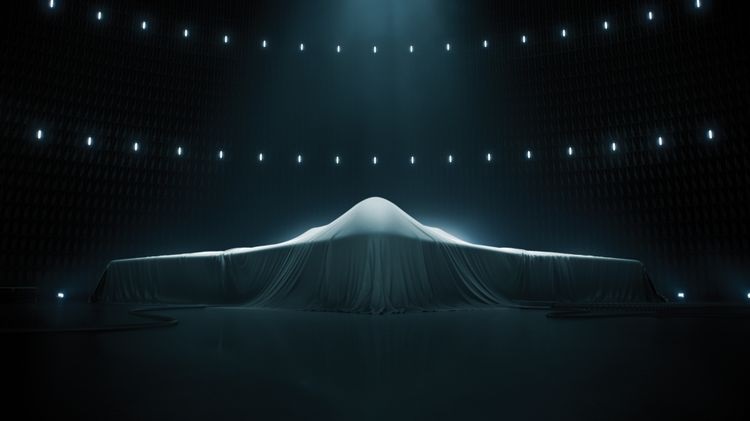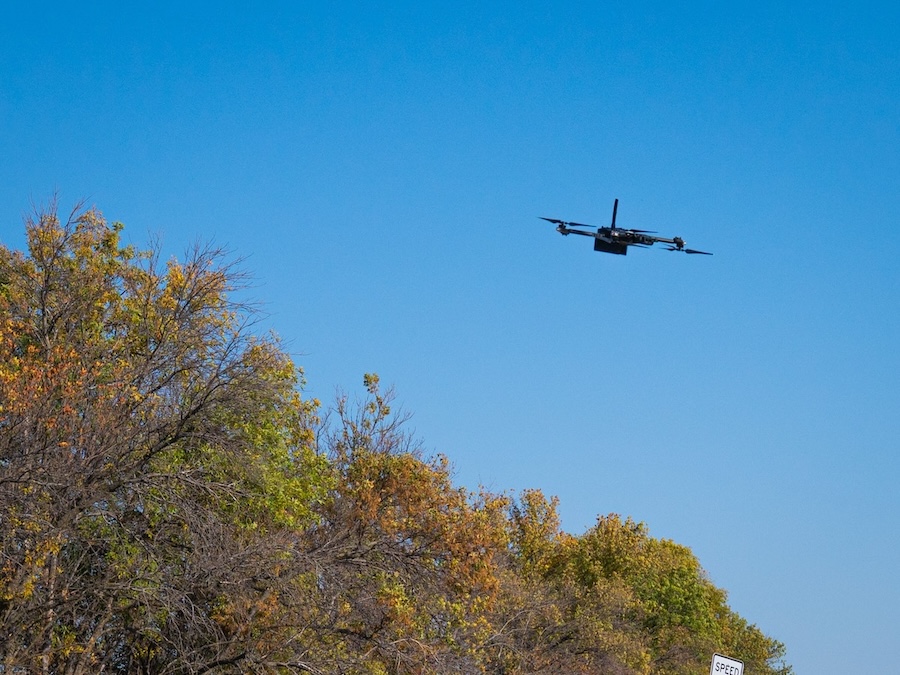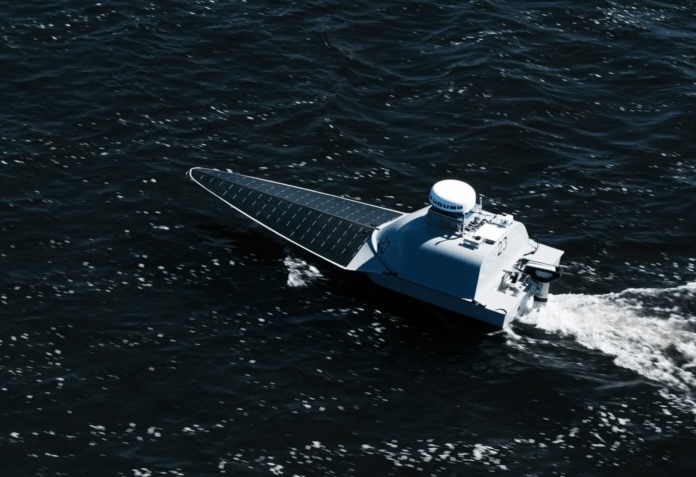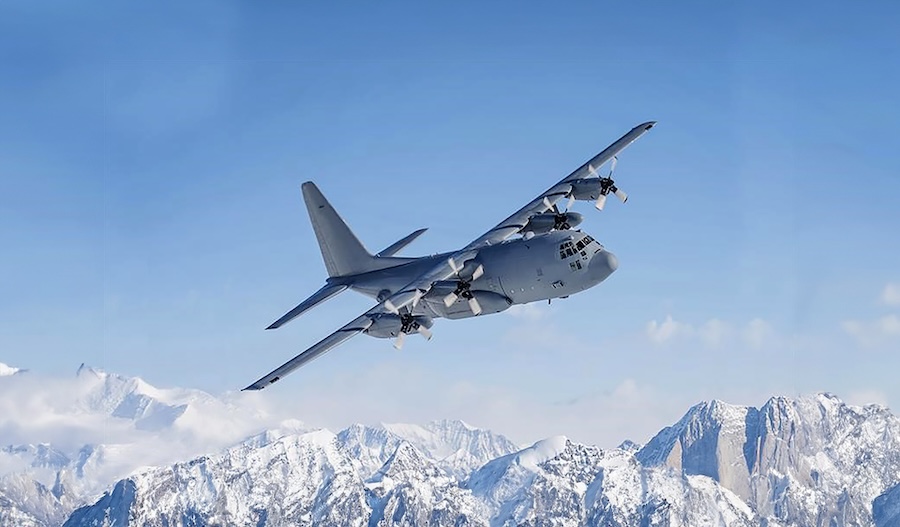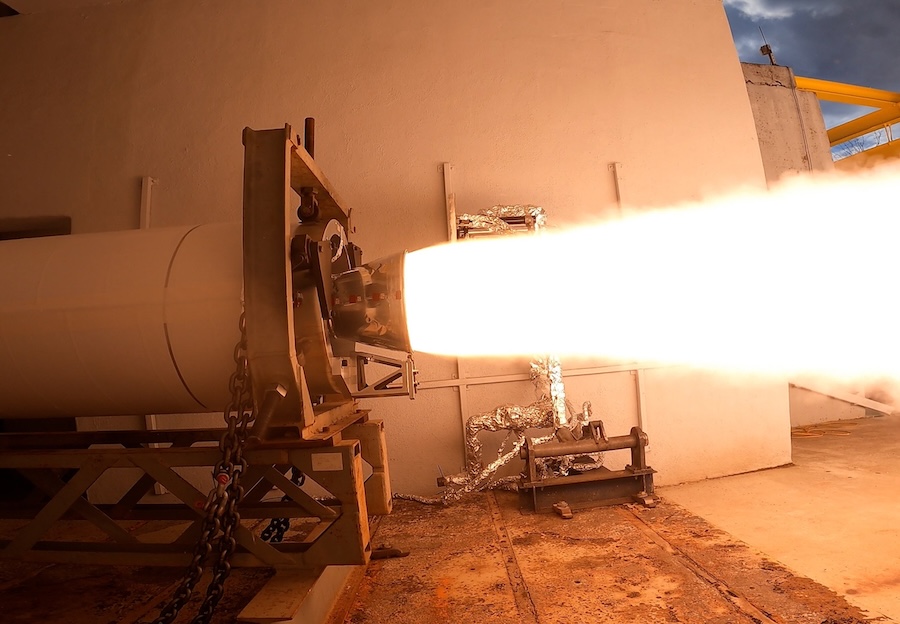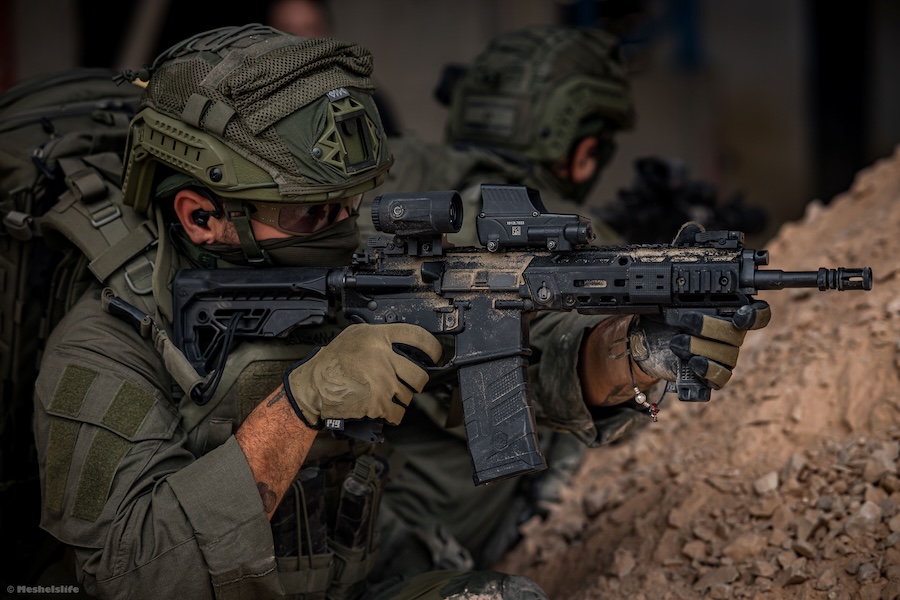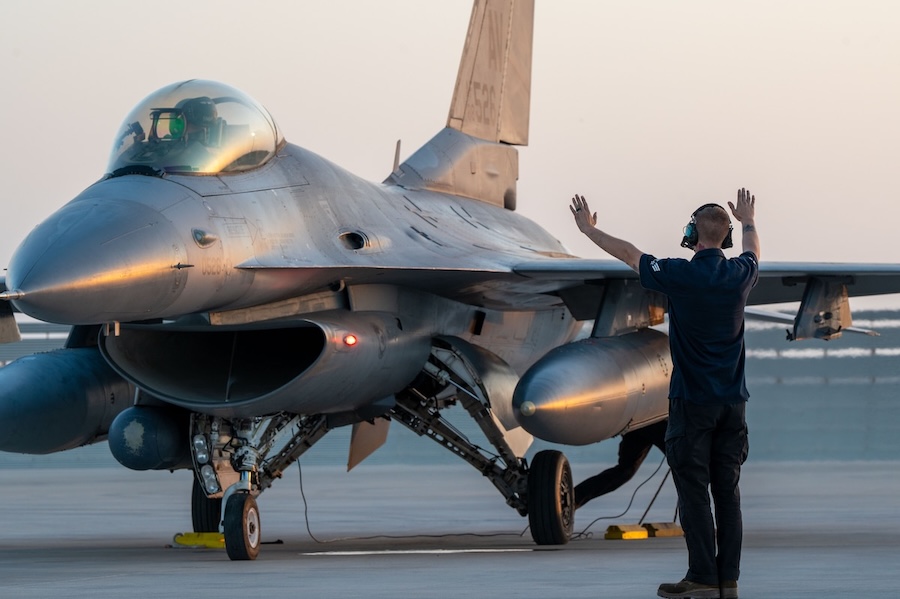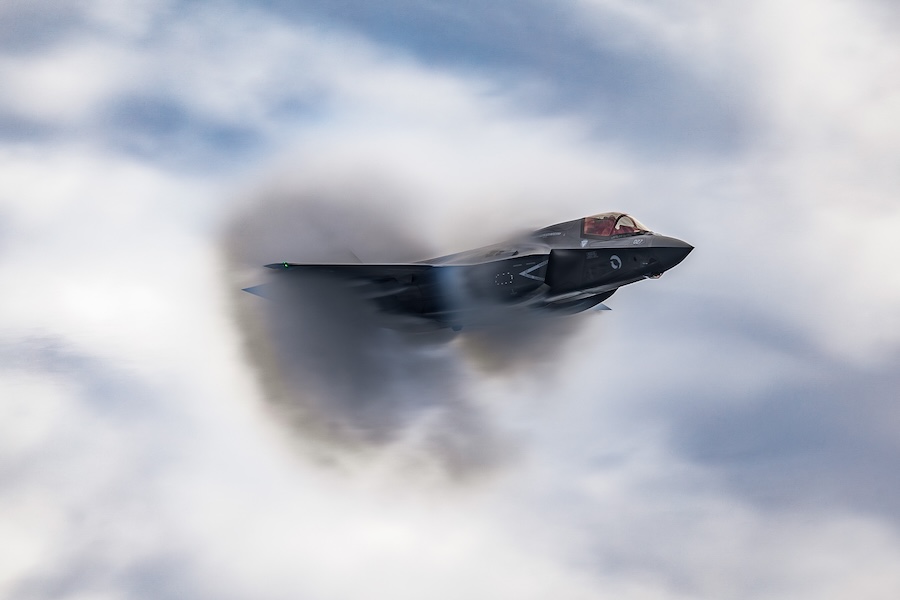CORVUS-RAVEN was showcased in two configurations: a vehicle-mounted unit on a Coyote and a wearable dismounted version operated by soldiers. These configurations meet the VANAHEIM requirement for CUAS systems that are portable, soldier-friendly, and capable of countering Class 1 UAS threats.
British troops operated the equipment during various live mission scenarios and provided feedback directly to L3Harris, helping refine the system for future deployment. “VANAHEIM provided an invaluable opportunity to get L3Harris CORVUS-RAVEN capability into the hands of users,” said Ian Menzies, General Manager of L3Harris’ Intelligence and Cyber International division.
CORVUS-RAVEN delivers enhanced situational awareness through real-time drone detection and integrated jamming functionality. With passive detection ranges up to four kilometres and compatibility with battle management tools such as the Android Tactical Assault Kit (ATAK), the system is tailored for modern battlefield conditions.
At the core of the technology is the Individual CORVUS Node (ICN), a compact and software-defined electronic warfare component. This capability allows users to quickly adapt to changing threats by switching between multiple roles and platforms for drone defence.
“By taking part in the trial, we’ve been able to show British soldiers how our equipment can benefit their missions in a live field environment,” Menzies said. “This close collaboration with the customer will inform further development of the capability, ensuring our technology is fully aligned to their needs and ready for the future.”
Source: L3Harris Technologies.

